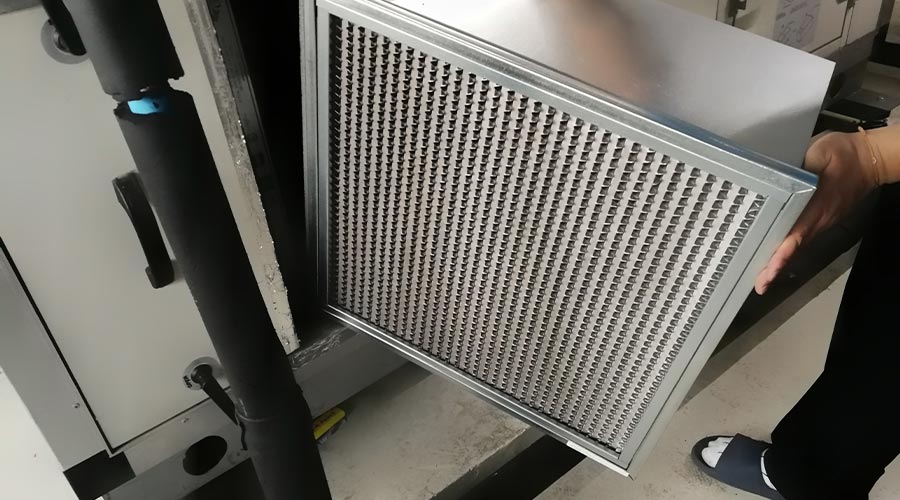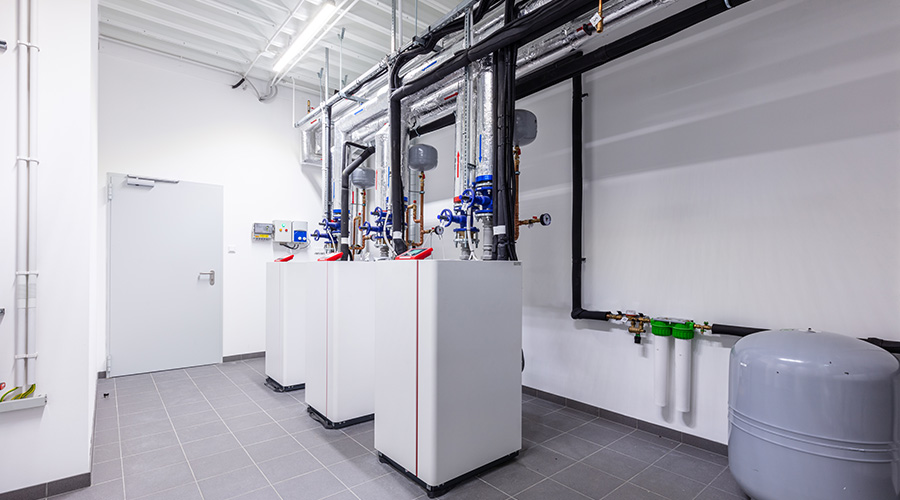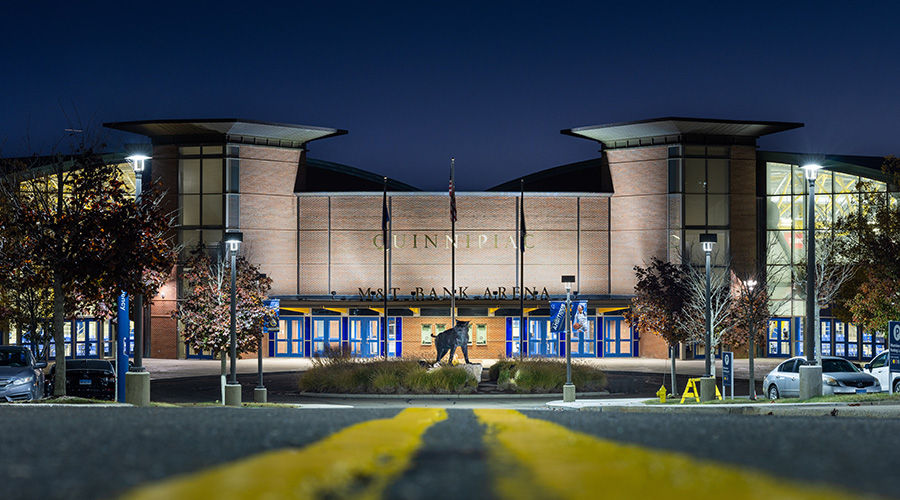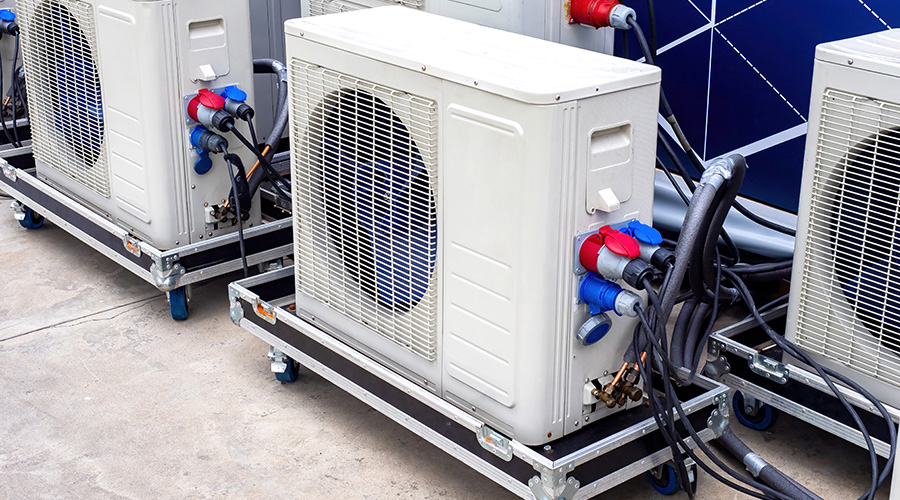Hidden Savings in HVAC Systems
Ask 100 maintenance and engineering managers to describe their facilities' energy management programs, and chances are most would describe in detail that they are installing sophisticated, high-cost, high-efficiency systems and components that will dramatically improve operating efficiency. In other words, projects.
Few, if any, would describe the way they are increasing preventive and predictive maintenance on energy-using systems. The reason for this is simple: Managers have been conditioned to believe that achieving energy efficiency is best accomplished by replacing or upgrading existing systems.
Today's HVAC systems achieve a level of operating efficiency significantly higher than those of even 10 years ago, but the replacement and upgrade approach to energy management misses one key factor: No matter the system installed or its rated efficiency, it will perform only as well as it is maintained.
If good maintenance is the starting point for successful energy management, why have many top executives ignored it? Look at the way most facilities approach the issue of maintenance. Surveys of facility management organizations show that 60 percent or more of those operations take a reactive approach to HVAC maintenance. Even those that attempt preventive or predictive maintenance do so on a limited basis due to limits on budgets and technicians' time.
Changing this mode of operations requires that managers first understand the benefits of a proactive maintenance program over a reactive one, as well as the impact that even simple maintenance activities can have on energy use.
Walking And Saving
One of the simplest, most cost-effective maintenance steps that managers can take to improve the operating efficiency of HVAC systems is to perform a facility walk-through after normal operating hours. Not all HVAC equipment needs to operate 24/7. Chances are that at some point, technicians set equipment operating schedules based on occupancy hours and needs.
Over time, operations and system requirements change, but those changes might not have carried over into operating schedules for HVAC equipment. It also is common to find that occupants or maintenance technicians have bypassed controls.
A facility walk-through after operating hours can help technicians quickly identify systems operating in unoccupied spaces that do not need strict climate control. Adjusting operating schedules to match the occupancy periods for as many areas as possible will provide a very rapid return on the time investment. A similar walk-through during normal operating hours examines the way the building operates and its energy needs during that period of time.
Related Topics:













